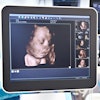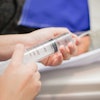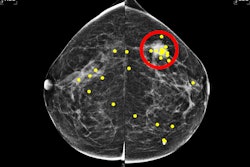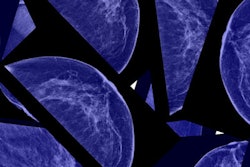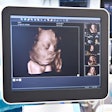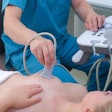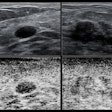Women are less likely to return to breast cancer screening after false-positive mammography results, according to research published September 2 in the Annals of Internal Medicine.
A team led by Diana Miglioretti, PhD, from the University of California, Davis found that this trend especially goes for women recommended for short-interval follow-up or biopsy. The researchers highlighted that these findings raise concerns about continued participation in routine screening among these women.
“Women with a short-interval follow-up recommendation were the least likely to return, even if we followed them five years after that [false-positive] result,” Miglioretti told AuntMinnie.com.
While screening mammography is the gold standard for early detection of breast cancer, proponents of biennial breast screening say that annual screening can lead to increased risks, including more false-positive cases that can lead to unnecessary additional imaging and biopsy.
A 2022 report suggests that after 10 years of annual screening, 50% to 60% of women can expect to have at least one false-positive recall and 7% to 12% at least one false-positive biopsy recommendation.
Miglioretti and colleagues evaluated potential connections between screening mammography results and the probability of subsequent screening. They used data from 177 participating facilities from the Breast Cancer Surveillance Consortium (BCSC).
The final analysis included data collected between 2005 and 2017 from 3,529,825 screening mammograms. Of these, 3,184,482 were true-negative cases while 345,343 were false-positives. Mammography data came from 1,053,672 women aged 40 to 73 years. The women did not have a breast cancer diagnosis.
Women who were recalled for additional imaging, short-interval follow-up recommendations, or biopsy recommendations were less likely to return to regular screening compared with women whose mammograms were deemed to be true-negative.
| Return to screening for women with false-positive breast exams | |||
|---|---|---|---|
| Factor | % of women who returned to screening within 9 to 30 months | Unadjusted absolute difference | Adjusted absolute difference |
| Overall study cohort | 75.9% | N/A | N/A |
| True-negative | 76.9% | Reference | Reference |
| False-positive recall for additional imaging only | 72.4% | -4.5% | -1.9% |
| False-positive recall short-interval follow-up recommendation | 54.7% | -22.2% | -15.9% |
| False-positive biopsy recommendation | 61% | -16% | -10% |
Additionally, women with false-positive results on two sequential screening mammograms were less likely to return for another screening than those with one false-positive and one true-negative result.
Miglioretti and the study authors suggested that physicians should educate women about the importance of continued screening after false-positive results. This is because of the associated increased future risk for breast cancer.
Miglioretti told AuntMinnie.com that future research will focus on how AI can potentially lower the rate of false-positive mammograms.
In an accompanying editorial, Michelle Nadler, MD, from the Princess Margaret Cancer Centre in Toronto, Ontario, Canada echoed that sentiment. She wrote that adequate training and shared decision-making with providers “would be ideal and would align with the core tenets of informed choice and shared decision-making” that are outlined in some standard breast cancer screening guidelines.
“Future studies are needed both to increase our understanding of decreased breast cancer screening attendance after false positives and to evaluate interventions to improve subsequent screening rates,” Nadler wrote.
The full findings can be accessed here.
